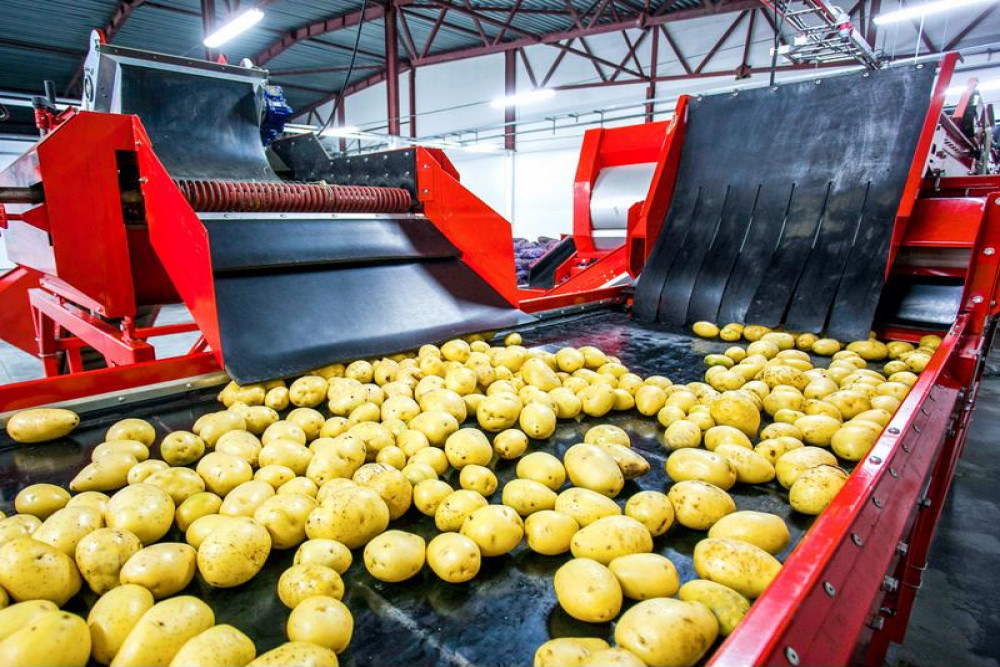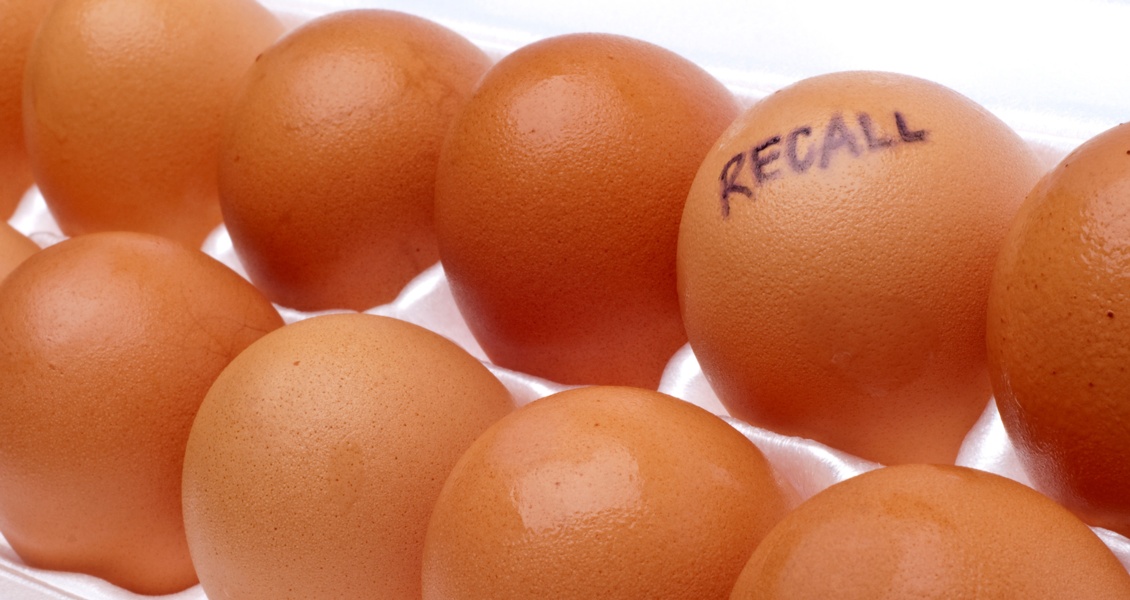
The food and beverage industry faces unique challenges in tracking and storing food and ingredient inventory. Above any other industry, the ability to track raw materials from the time they are harvested to the moment they arrive in the hands of consumers can be crucial to complying with government regulations and ensuring appropriate levels of supply chain visibility. Distributors and manufacturers need the ability to track and trace each ingredient, WIP item and finished product from farm to fork.
According to Food Safety Magazine, the future of food traceability is technology integration. Failing to adapt to tightening regulations through traceability technology could lead organizations to suffer negative financial impacts and fall behind the competition.
Expired Products = Wasted Money
The Problem:
One major issue that distributors face is dealing with expiration dates on ingredients and perishable goods. Without the ability to view actual levels of inventory, with real-time visibility, these items may expire if they stay in the warehouse for too long. Tracking expiration dates with manual spreadsheets or clipboards don’t provide real-time material data, is subject to repeated human error, and could be bloating your levels of shrinkage due to expired product. One incorrectly-entered expiration date can put that item or pallet of items at risk of going to waste before it’s moved, making poor use of company resources and space.
The Solution: Traceability Software
Traceability solutions can help manufacturers and distributors track expiration dates on raw materials and ingredients as they come through the door, throughout the manufacturing process (WIP), and onto the customer. Critical data such as Country of Origin (CoO), GTIN, lot number, serial or batch number can be tracked with perfect accuracy.
Manual Lot Number Tracking
The Problem:
When items arrive at the warehouse, employees receive the product by cross-checking that inventory with pen and paper or a manual-entry spreadsheet. Just consider how easy it is to misread a 1 as a 7 when reading a handwritten inventory sheet, or to transpose numbers 9 and 6 when manually keying data on a keyboard.
When manually receiving perishable ingredients by lot, human error means that entire lots of perishable inventory can be mistakenly lost, misplaced, or even stored in an area inaccessible until after the expiration date has passed.
The Solution: Automated Data Capture
By equipping the receiving dock with wireless barcode scanners and automatic data capture software, warehouse employees can scan barcodes to capture all data instantly without having to manually input data and without the risk of error. Not only does this work with individual items, but also with lots, batches, pallets, license plates and more.
License plating involves taking a container of products and assigning a unique License Plate Number (LPN) to track all of the items in this pallet, box, or whatever grouping is desired.
Not only do these solutions improve productivity levels, but they also eliminate the risk of human error, reducing overhead, shrink and charge-backs. With an automated system, warehouse employees also know exactly where product is located and should be stored in real-time.
Cross-Contamination
The Problem:
Companies in the food and beverage industry must be especially careful when dealing with ingredient interactions from food allergies. They must have inbound traceability—the ability to track the journey of their raw materials from their vendor—to ensure the items haven’t come into contact with non-compliant or blacklisted materials along the way.
For example, if a gluten-free granola bar company gets buckwheat flour from a distributor that also handles white and wheat flour, the organization must ensure the buckwheat flour did not come into contact with the items containing gluten.
Or if a food distributor receives produce from a lot currently recalled by the FDA, then warehouse employees can identify those products and prevent them from flowing any further through your warehouse or the larger supply chain.
Not only can cross-contamination and recalled items be detrimental to consumers’ health, they can also lead to expensive fines and lawsuits that can hinder future operation and growth.
The Solution: Traceability Technology
Again, it’s traceability technology to the rescue. The ability to capture, track, and compare incoming product data against databases of known non-compliant materials before they enter your warehouse can protect your company from wasted inventory, overhead and effort.
Complying with Ingredient Recalls
The Problem:
When a recall is issued, your team has to go and track down any recalled product that may be in your warehouse or production line. If your inventory is tracked manually (or not at all), that means devoting hours, days or even weeks to locating and removing the recalled items or ingredients—potentially even halting production. Then, when it comes time to dispose of materials, the inability to locate the exact product with high precision means destroying good product with the bad as a precaution, further contributing to financial and resource losses.
The Solution: Data Accuracy
Data accuracy is virtual gold when it comes to inventory and materials. Each error in your inventory data compounds as that error propagates further through your operation, costing you money in lost time, product and customer trust. Using automated data capture coupled with mobile devices and inventory management software can significantly reduce liabilities from data errors by maximizing data accuracy. Companies using these solutions can achieve inventory accuracy of 99% or more while also gaining real-time visibility as materials are transacting through the warehouse.
READ MORE: Real-world use case »
When a recall is issued, the bad products can be quickly identified and removed from circulation to maintain compliance and maintain trust with your partners and customers. Very high degrees of inventory accuracy also means that good product doesn’t have to be disposed of in the process.
In addition, solutions like those offered by RFgen can be combined with other traceability technologies such as IoT and RFID tags to maximize traceability efforts.
Want to learn more about introducing traceability technology into your supply chain? Check out the following free guide to learn more:






